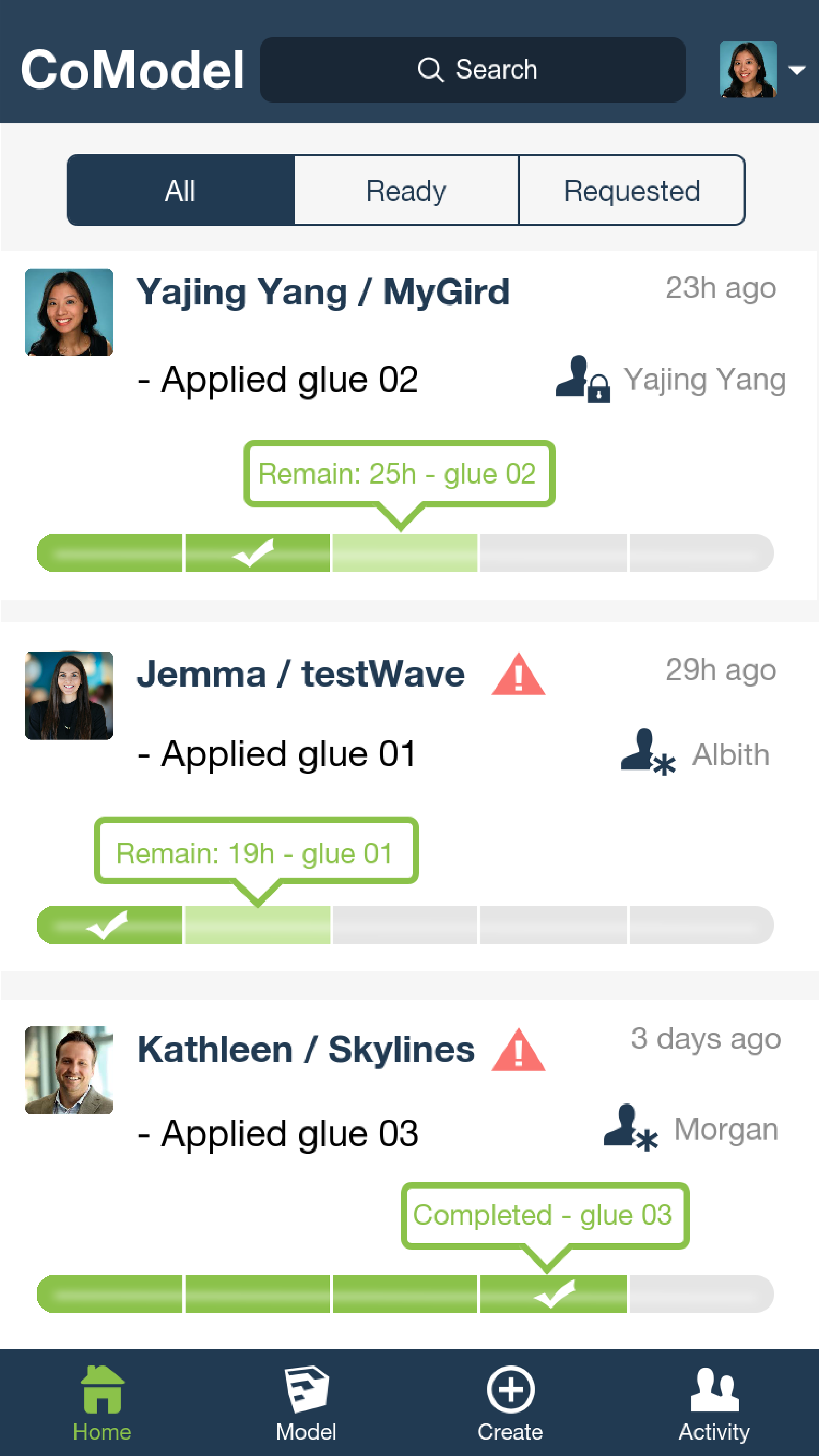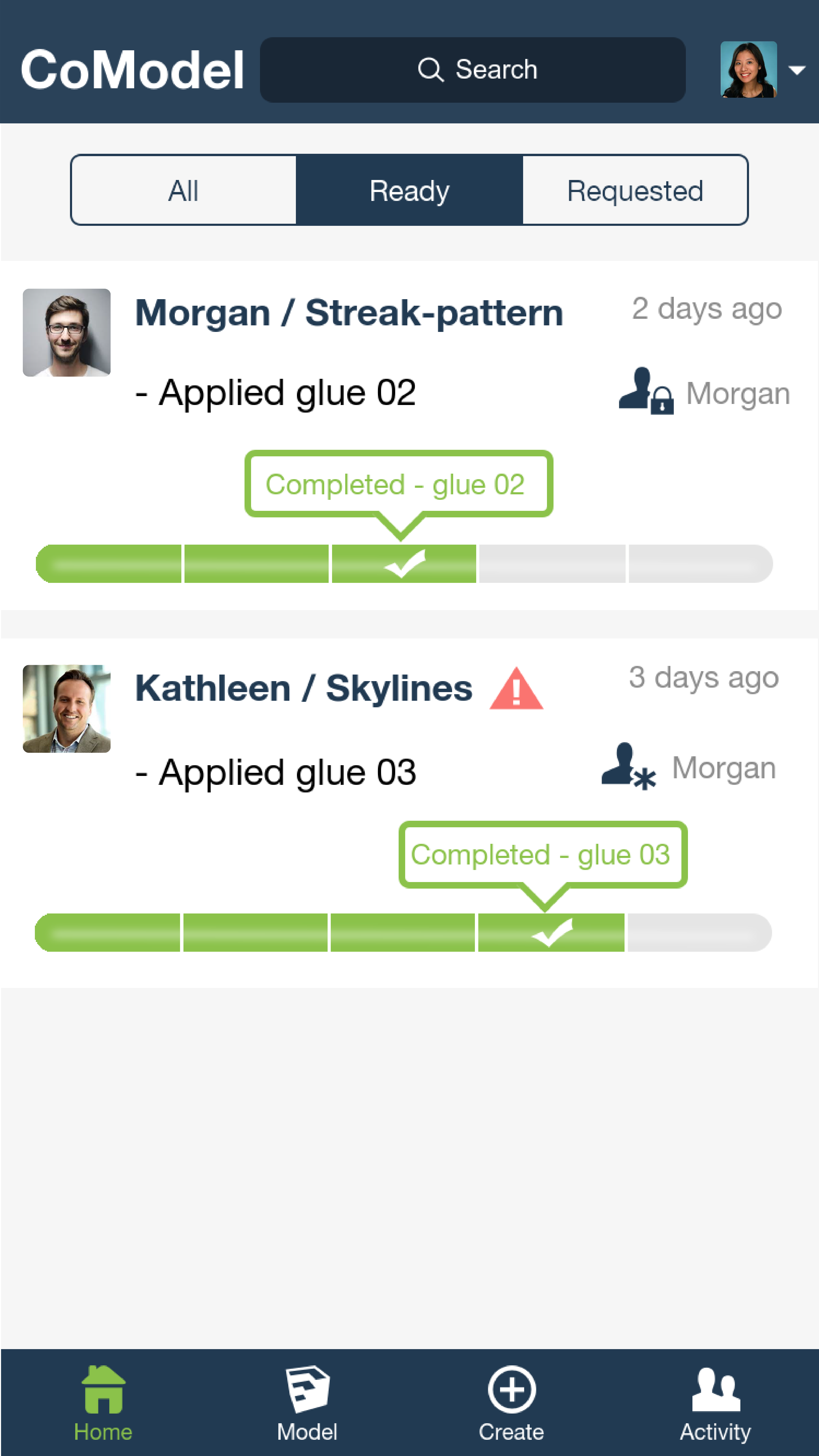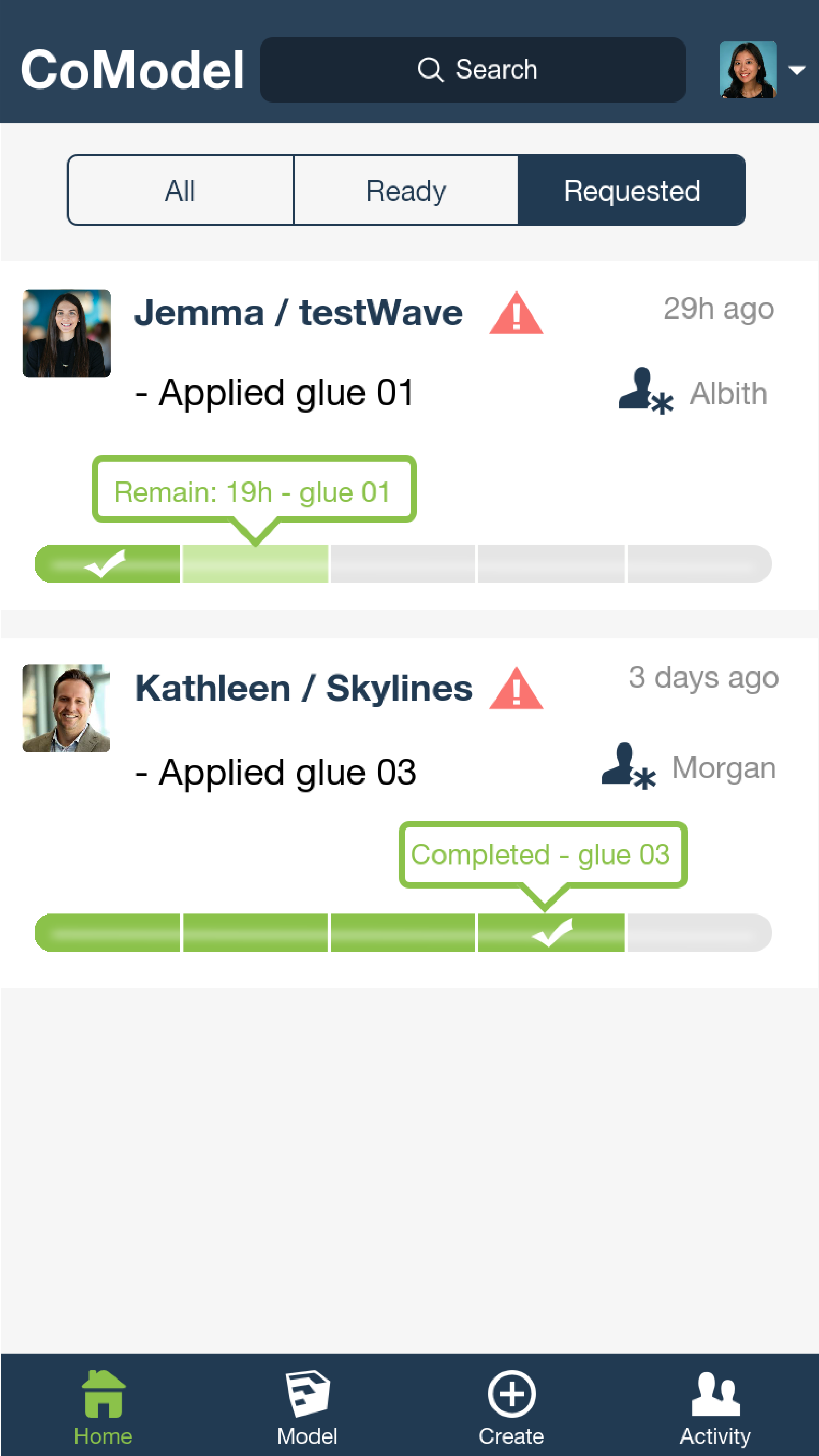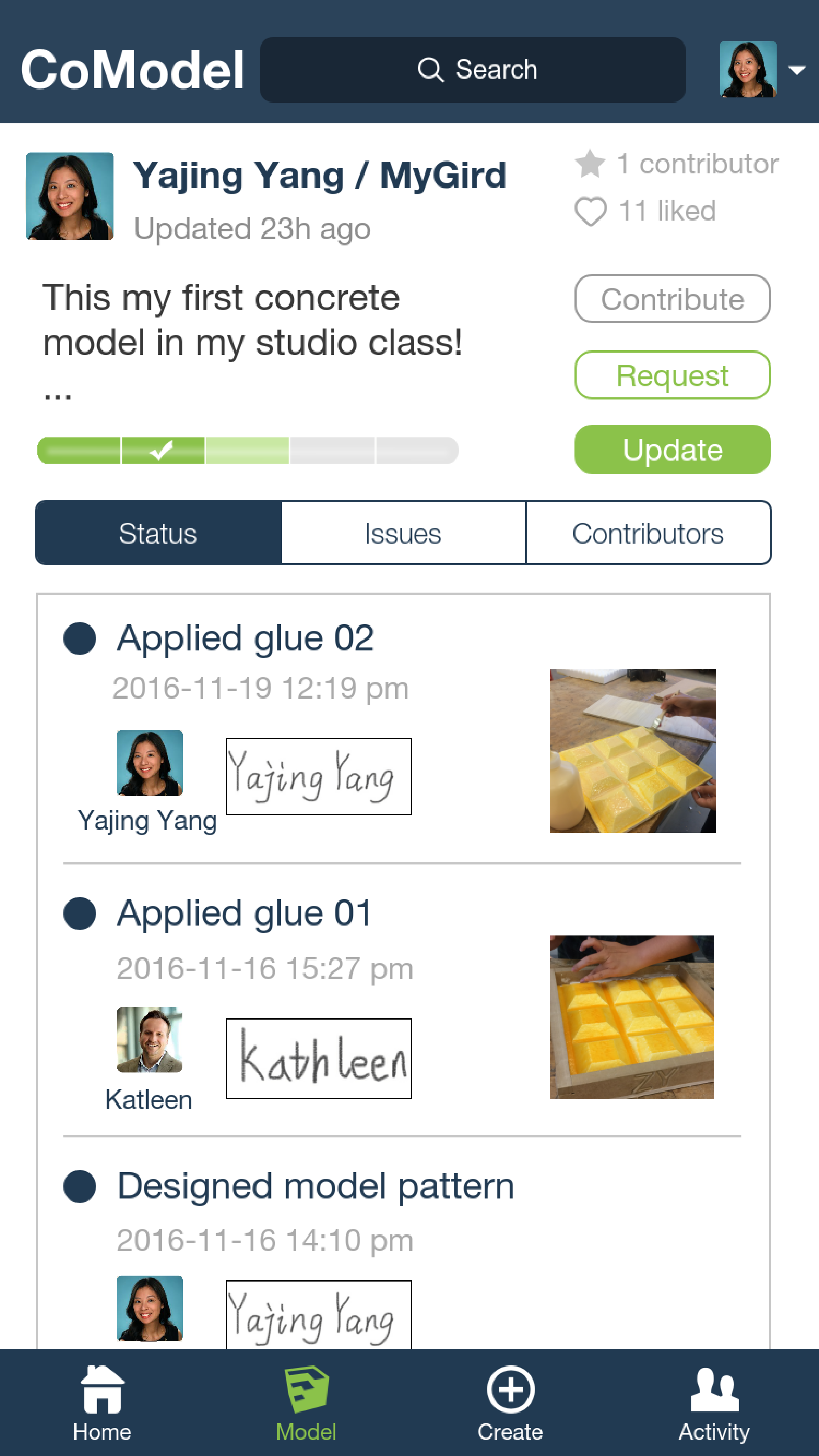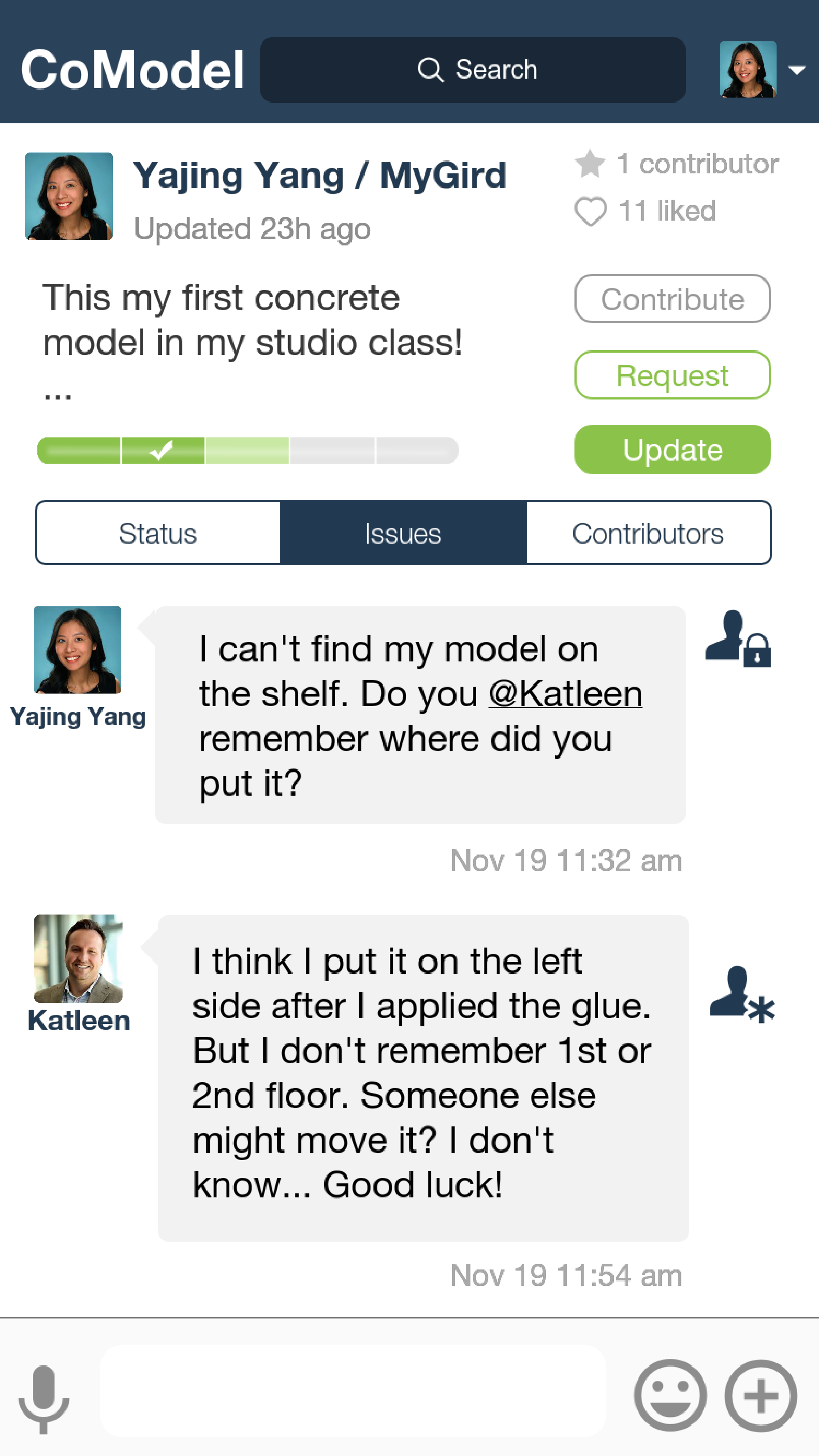Problem
To develop skills in reflective design, I participated a workshop that teaches making concrete models in the Architecture College. During the practice, I found some problems in the process of building a concrete model.
Ellie
Ellie is a Master Student in the Architecture College. She is taking a concrete model workshop this semester. She is good at spatial design and shape design. She wants to learn more about meterials in the workshop.

Ellie is eager to learn features of concrete as a kind of building material. She participates in the workshop every time. But steps of making a conrete model is repeated and time-consuming. For example, after she applied one layer of glue to the surface of the model, she had to wait for two days before she can apply another layer. And the step needs to be repeated for three times. She hopes she can practice more steps of making a model in one class. Then she has opportunities to explore multiple compositions of shapes and materials, rather than has to go to the workshop several times for just one model.
Andy
Andy is a Master Student in the Liberal Arts College. He is interested in craft and participates the model workshop in his spare times. But he doesn’t have enough time to go there for every class.

Andy loves to spend his spare time creating his own concrete models in the workshop. But he doesn’t have enough time to participate every class because he has a lot of college work to finish. However, if he missed more than one class in the middle, he would have to abandon his model because the material would be too dry to continue the next step. He hopes he could find someone to help him apply some of the steps when he cannot show up in the workshop. He is also willing to offer help to other people when he could attend the workshop, so he could be involoved in more creations of models.
Jeff
Jeff is one of the teachers in the concrete model workshop. He loves students with diverse backgrounds joining the workshop, eveen if they cannot participate the whole process.

Jeff enjoys meeting students from multiple backgrounds, and he hopes all of them could learn what they want from the workshop. However, he has difficluties in tracking the progress of each student. Because some of them missed one or more classes in the middle, resulting in most studnets are at different steps among the whold process. Thus, he has trouble preparing appropriate amount of materials for students, and he wants to organize classes better.





